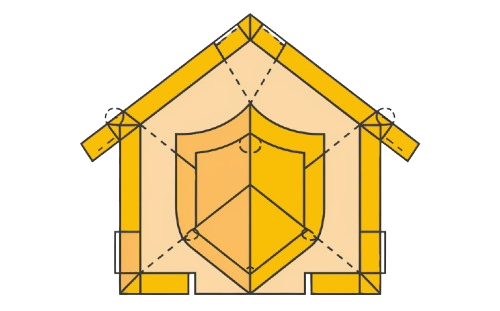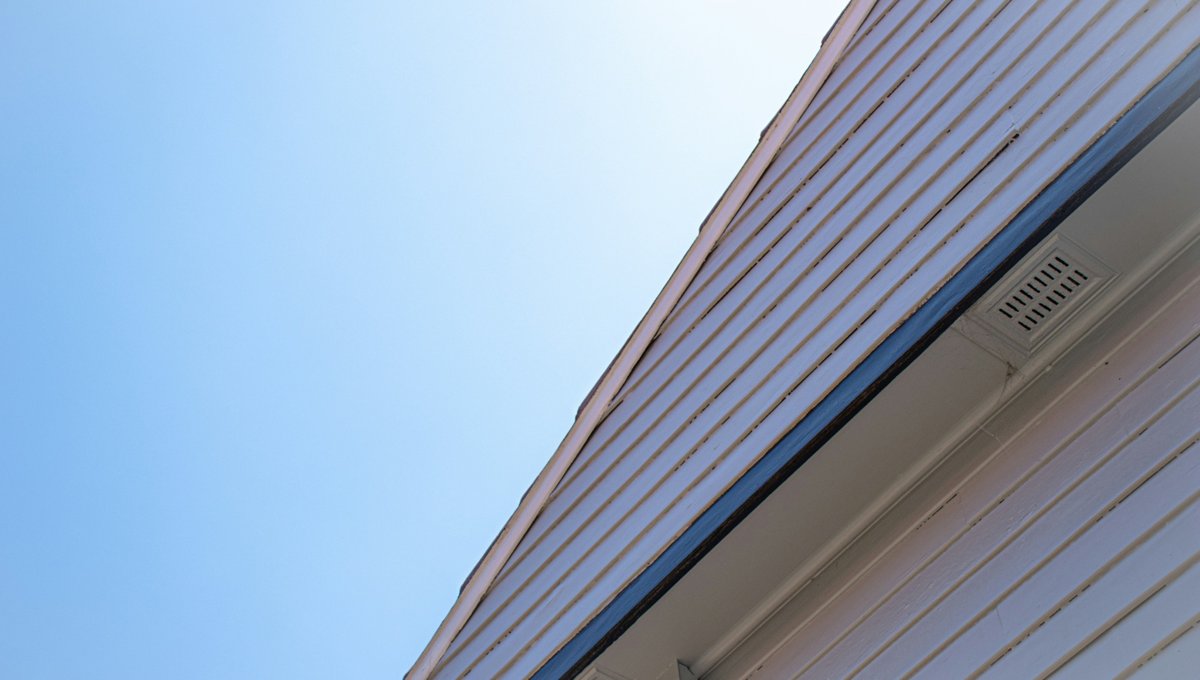Attic ventilation plays a crucial role in maintaining a balanced atmosphere and proper air circulation within the attic space. For decades, this has been an integral feature of residential construction, particularly in regions with warm climates. Properly designed systems allow air to pass freely into and out of the attic, helping to regulate temperature and moisture. The use of vented designs, such as soffit vents, ensures that the airflow remains unobstructed, promoting the health of the roof and the home. Ensuring this balance is key to maintaining a free-flowing system that serves the needs of many homes across various areas.
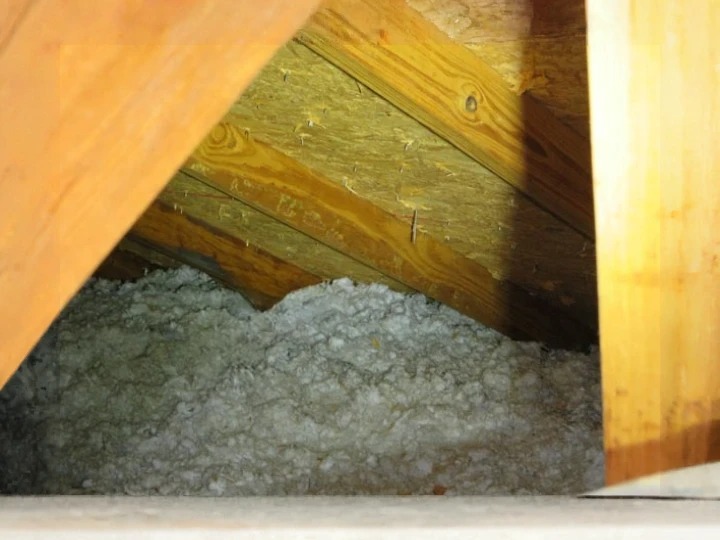
Can Soffit Vents Blocked by Insulation?
Yes, soffit vents can get blocked by insulation, causing airflow issues in the attic. This can lead to trapped heat, moisture, and potential damage to the roof and home structure.
The Role of Ventilation in Maintaining Attic Health
Proper ventilation designs are critical for keeping your attic in good condition. They often involve a combination of vents, such as:
- Ridge Vents
- Soffit Vents
- Gable Vents
- Powered Roof Vents
- Solar Powered Roof Vents
- Passive Roof Vents, including turbines
Soffit vents, in particular, are designed to allow fresh air to enter your attic and flow upward along the roof deck, eventually exiting through other vents. This process helps regulate the atmosphere, preventing moisture buildup and excess heat. Typically located at the lowest elevation of the roof line, soffit vents are easy to spot in the eaves of your home. By walking around outside and inspecting these vents, you can ensure that they remain clear and functional. Blockages from insulation or debris can obstruct airflow and disrupt the natural rises and flows of air through your attic space.
How Natural Ventilation Keeps Your Attic Healthy
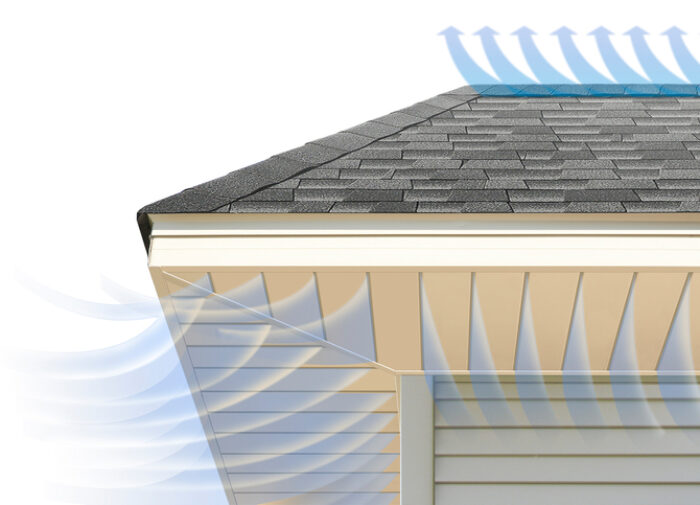
In the summer, natural ventilation helps to expel super-heated air, keeping your home cooler and reducing the strain on your energy systems. Attic baffles, also known as rafter vents, guide air from the soffit vents upward, maintaining a consistent flow and helping your insulation do its job effectively. Properly placed soffit vents, combined with rafter vents, allow the entry of fresh outdoor air, which flows through the attic and exits via ridge or roof vents. This process also helps in protecting shingles and other roof materials by minimizing heat transfer. Always ensure that insulation is installed carefully to avoid blocking vents, and maintain these systems for an efficient and durable roofing structure.
Also Read: Is Frost on the Roof Good or Bad?
How Attic Fans Improve Ventilation
Attic fans are designed to enhance ventilation by pushing hot air out of the attic and drawing in cooler air from soffit vents or gable vents. This process is especially helpful during the summer when the air inside the attic becomes extremely hot. Properly functioning attic fans reduce the strain on your air conditioner, helping to keep your house cooler and lower your utility bill. However, if the soffit vents are blocked, the fans might pull cool air from the rest of your house, which can increase energy use and make the system less efficient.
For best results, ensure all vents are clear and not sealed or obstructed by debris or insulation. This allows the attic fans to work as intended, maintaining proper airflow and keeping the air cool. If you notice poor performance or rising energy costs, it’s a good idea to check for blocked vents or improper sealing in the attic space. Regular maintenance of both soffit vents and fans ensures that the system continues to provide the benefits of improved ventilation and temperature control.
Also Read: How Does an Attic Fan Work?
Why Blocked Soffit Vents Are a Serious Problem
Blocked soffit vents can cause significant problems in your attic and reduce the efficiency of your ventilation system. When insulation or debris accumulates near these vents, it disrupts the natural airflow, leading to trapped heat, moisture buildup, and even mold growth. Over time, this can damage the structure of your house and increase energy costs.
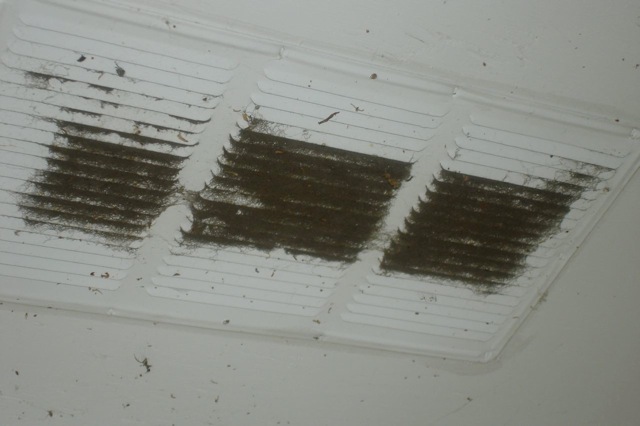
Blocked soffit vents can seriously affect your attic ventilation and house structure. Here are some key points to consider about the causes and impacts:
- Rodents often drag insulation into soffits for nesting, which can block airflow and create problems like trapped heat and moisture.
- Wind shear or mechanical vibrations caused by doors closing or people running through the house can shift fiberglass insulation into vents, leading to blockages.
- An installer can accidentally blow insulation over vents, especially in areas behind vaulted ceilings, tray ceilings, or near HVAC ducts.
- Over time, insulation can become piled at the base of vaulted ceilings, creating an avalanche effect as it slides down and blocks soffits.
Addressing these blockages promptly keeps your ventilation system efficient and protects your house from long-term damage.
How to Clear Clogged Soffit Vents
If your soffit vents are clogged, using a cordless leaf blower can be a quick and effective remedy. Begin by standing outside under the affected vent and positioning the blower tube directly beneath it. Power up the blower and let the blast of wind clear any cellulose insulation, leaves, or other light material blocking the vent. This method works well to make the vents free and ready to operate as intended, ensuring proper circulating airflow in your attic.
For multi-story houses, you can attach a length of PVC pipe to the end of the blower tube to reach higher vents without needing a ladder. This approach is not only safe but also keeps you grounded, minimizing the risks involved in accessing elevated soffit vents. Regularly clearing vents is an integral part of maintaining the efficiency of your ventilation system, extending the lifespan of your attic and roof.
Final Thoughts on Insulation Blocking Soffit Vents
Keeping your soffit vents clear and maintaining proper attic ventilation is essential for protecting your home from long-term damage. Blockages caused by insulation, debris, or even rodents can trap heat and moisture, leading to structural issues and increased energy costs. Regular inspections, proper installation of baffles, and effective remedies like using a cordless leaf blower can help maintain natural airflow in your attic. Keeping your soffit vents clear ensures your home stays energy-efficient and well-ventilated for years to come.
Worried about blocked soffit vents in your attic? Contact us today, and we’ll help connect you with trusted professionals who can assess your ventilation system and recommend effective solutions to protect your home. Don’t let poor ventilation lead to expensive repairs — take action now!
